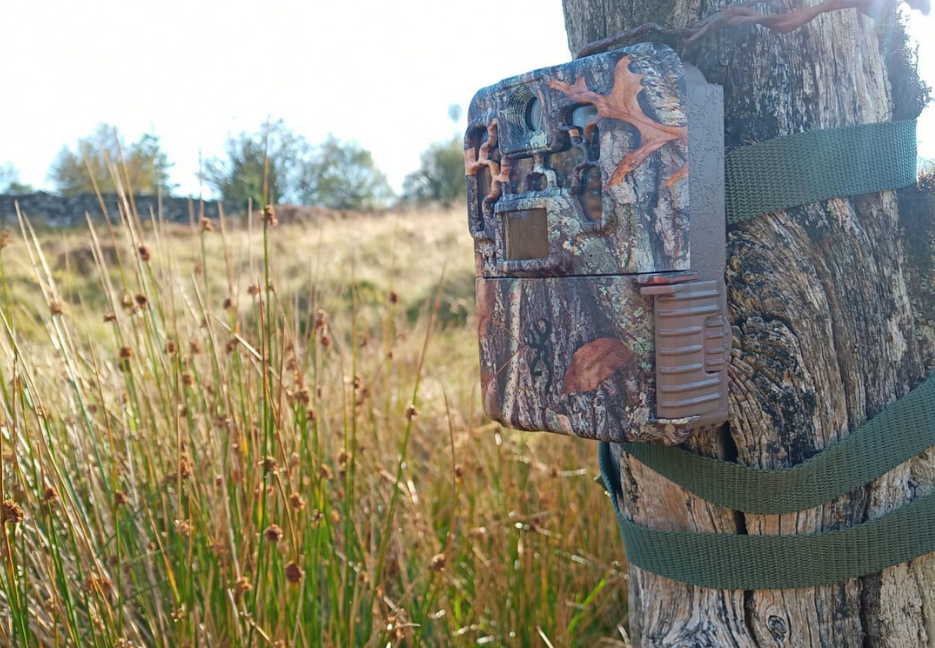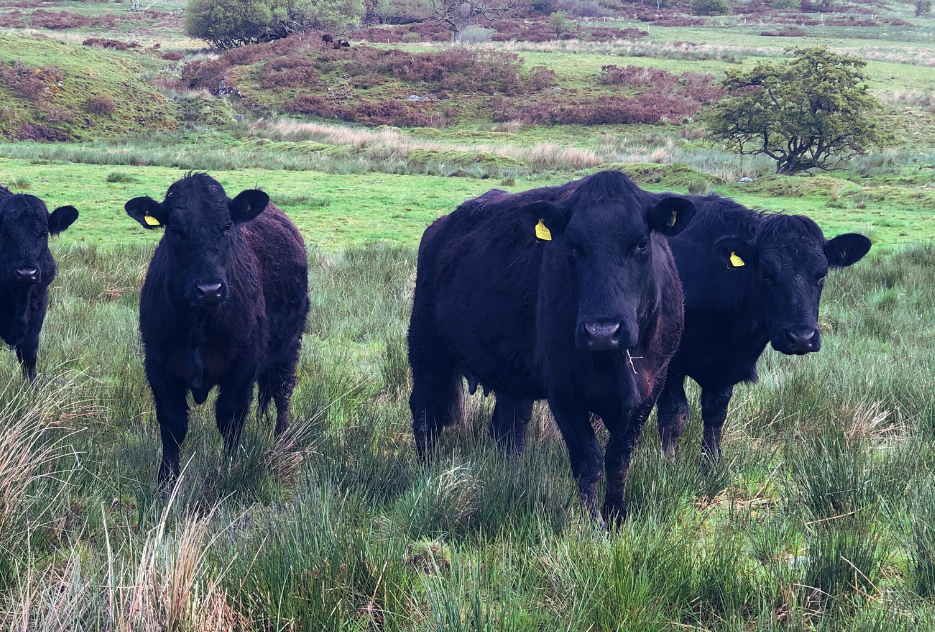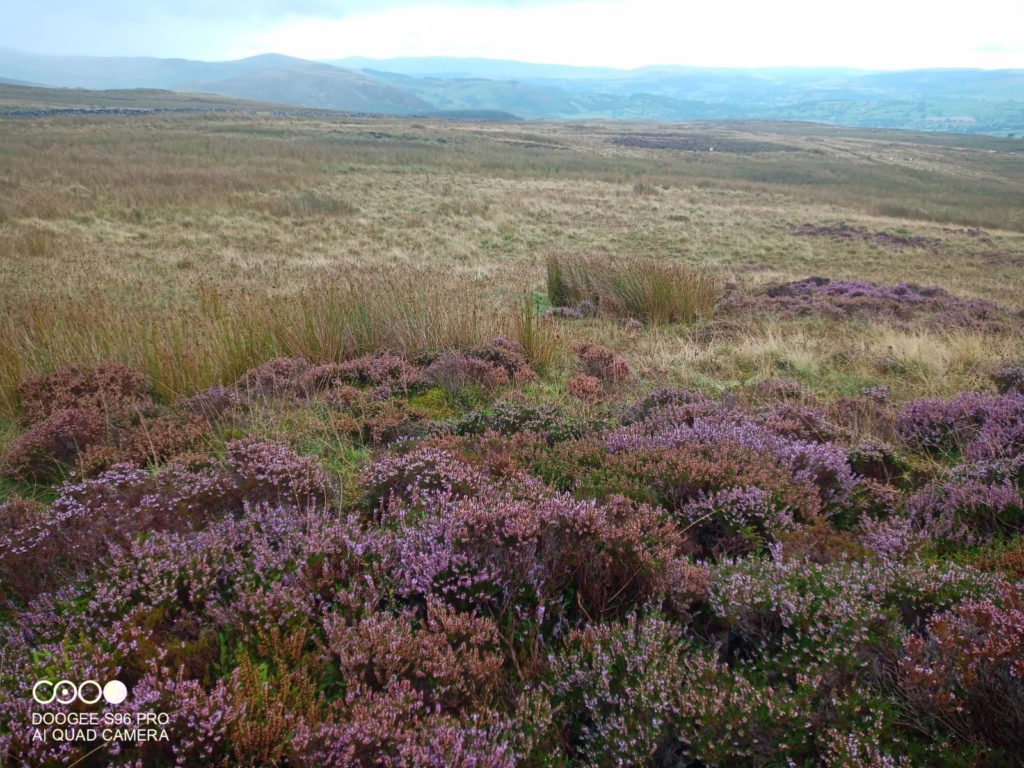
Wilder Rhiwlas Oct ’21
This stunning farm near Bala in Wales has caused me the most head-scratching of any of the management and grazing plans I have embarked upon to date. It is however very worth the challenge.

The mountain ground of the farm included a wide range of internationally important habitats including blanket bog, dry heath, and wet heath.
At Rhiwlas the mountain is run as an open grazing area with only a perimeter fence and no fences between several other farms. Currently, the sheep and a few cattle are managed in line with the prescriptions created to try to protect the feature habitats of the special area of conservation (SAC). The optimal stocking rate for each habitat is added together to dictate the number of livestock across the whole area.
In our Wilderculture training, we cover the importance of relative palatability and when designing our grazing plans we group habitats in terms of palatability and forage production to help work out where grazers will spend most of the time and tend to overgraze if they are given the choice.

Every grazing animal has a preference for certain species of plants which is commonly referred to as palatability. Palatability is however a complex concept and is not fixed, it can be influenced by learned behaviours, the current nutrient requirements of the animal and may change with the seasons or be influenced by complimentary nutritional offerings.
In reality, what appears to be happening at Rhiwlas is that the sheep spend too much time on the acid grassland and dry heath leading to overgrazing and a contraction of the area and species diversity of those habitats, and too little time on the blanket bog areas leading to under impact and an unfavourable condition.
Overall this blanket management approach is leading to a loss of production for the farm and the decline of some very important and rare habitats.

Working with Wilderculture, Flora and Richard Price the owners of Rhiwlas farm are keen to understand more about the drivers behind the preferences of the livestock.
In an exciting new project Rhiwlas is one of the partners in the Partneriaeth Rhostir Gogledd Cymru/North Wales Moorland Partnership which has received EU funding under the RDP sustainable management scheme.
For over a year using a range of methods including satellite collars, camera traps and visual survey work we will be monitoring where the sheep and cattle – as well as wild grazers – spend most of their time grazing throughout the seasons. We hope to be able to start to build a picture of which habitats are being grazed preferentially and the percentage of time grazing livestock and wildlife spend on each habitat type.
Creating this baseline is important and will help inform the development of grazing plans that can be more regenerative for upland habitat mosaics.
We hope further research and trials will come of this initial piece of work and lead to the development of projects to teach active herding/shepherding skills along with the use of proactive complimentary nutrition as a tool for the regeneration of our uplands.
If you are interested in staying on Rhiwlas Estate when here are a few links to accommodation.


No Comments